Search and Rescue
A Wilderness Doctors Life-and-Death Tales of Risk and Reward
Christopher Van Tilburg, MD
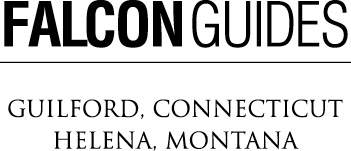

An imprint of Globe Pequot
Falcon, FalconGuides, and Make Adventure Your Story are registered trademarks of Rowman & Littlefield.
Distributed by NATIONAL BOOK NETWORK
Copyright 2017 by Christopher Van Tilburg
Photos by Christopher Van Tilburg
All rights reserved. No part of this book may be reproduced in any form or by any electronic or mechanical means, including information storage and retrieval systems, without written permission from the publisher, except by a reviewer who may quote passages in a review.
British Library Cataloguing in Publication Information available
Library of Congress Cataloging-in-Publication Data available
ISBN 978-1-4930-2735-4 (paperback)
ISBN 978-1-4930-2736-1 (e-book)
 The paper used in this publication meets the minimum requirements of American National Standard for Information SciencesPermanence of Paper for Printed Library Materials, ANSI/NISO Z39.48-1992.
The paper used in this publication meets the minimum requirements of American National Standard for Information SciencesPermanence of Paper for Printed Library Materials, ANSI/NISO Z39.48-1992.
Printed in the United States of America
The authors and Rowman & Littlefield assume no liability for accidents happening to, or injuries sustained by, readers who engage in the activities described in this book.
Authors Note
A decade has passed since publication of my memoir Mountain Rescue Doctor, Wilderness Medicine in the Extremes of Nature . Ive been collecting mountain rescue experiences ever since. Unfortunately, I also was involved as a patient in a near-death accident on Mount Hood, after which I had newfound interest in risk and reward. In particular, I became intrigued with balance between the two: How do we take positive risks to achieve great reward yet minimize consequences? My curiosity was not solely focused in my volunteering with the legendary Crag Rats mountain rescue team of Hood River, Oregon. But my intrigue regarding risk seeped into various aspects of my life as an outdoor athlete, as a writer, as a doctor, and as a father. I became fascinated by why risk is such an important characteristic in all aspects of a healthy, fulfilling life.
Thus, herein lies a collection of stories of mountain rescues during my second decade of volunteering with Crag Rats in the small, beautiful, rugged, and remote mountains, canyons, and forests of Hood River. The stories are bound together by a universal theme of risk: why its important, how we mitigate it, and how we deal with accidents once they occur. Part One is a collection of stories that occurred on gigantic, ominous Mount Hood, an active, glacier-clad stratovolcano punching 11,249 feet above the endless Douglas fir forests. With these stories, I explain what risk is and how we mitigate risk as individuals and as a team. Part Two is a collection of stories from the second dominant and distinct geographic feature of Hood River County, the gargantuan Columbia Gorge, shaped by the 1,243-mile-long Columbia River and the 4,000-foot-high basalt and andesite walls that encase the 25-mile section in our county. In these rescues, I dive deeper into risk: why its important for everyone, kids and adults alike, and how risk is influenced by modernization, technology, and responsibility.
This nonfiction book has limitations. Identifying characteristics of patients and victims, as well as certain locations, dates, times, group size, and other details, have been changed for confidentiality. In a few stories, I created composite characters, composite rescues, and fictitious locations. The sections of dialog are based on my personal recollections; the exchanges are included to provide a general idea of how we communicate during missions but are not exactly verbatim. And the stories are recounted from my memory after the rescues were completed. Thus, portions of this book are not 100 percent accurate, given the stress generated from and the focus required by a mountain rescue mission, the inability to record or document activities during the rescues, the need to disguise individuals for privacy, and the limitations of my memory.
In addition, search-and-rescue missions are much more complicated than my singular role in these stories. This is my perspective onlyopinions, musings, and observationsand in no way represents anyones perspective other than mine.
I thank many for direct and indirect support for production of this book. Joelle Delbourgo, my agent, is a stalwart believer in my work and the cause about which Im writing. John Paine, my editor, helped me shape the early outline of this book. The crew at Falcon has been fabulous including David Costello, Erin Turner, Courtney Oppel, Lauren Szalkiewicz, and Jessie Shiers.
My daughters Skylar and Avrie Van Tilburg and my parents Wayne and Eleanor Van Tilburg have been supporters for the duration. I thank my many, many family and friends who came to my aid when I was injured, including Jennifer Sato, Peter Van Tilburg, Suzy Rylander, and Jo Guralnick, and especially Jon and Adrienne Davies and Andrew and Melissa McElderry.
I thank my colleagues, too numerous to name: mountain rescuers, firefighters, paramedics, doctors, nurses, sheriffs, sheriffs deputies, dispatchers, and search-and-rescue personnel, including those in the field, in the office, and behind the computers and phones of dispatch centers. Only those folks can truly know the stress, camaraderie, risk, and reward when the call comes in at 10:00 p.m., and we climb all night into the dank, dark, foreboding mountains.
And most of all, I owe thanks to my team, Crag Rats, a ninety-year-old volunteer group with which I have had the privilege of serving for two decades.
I hope these stories offer a glimpse of the daunting task of mountain rescue and encourages everyone to endure a bit of risk, albeit cautiously, to achieve great reward.
Christopher Van Tilburg, Cloud Cap Inn, Mount Hood, August 2016
Prologue
Shock Trauma
Carrying a bright green wristband in her hand, my nurse walks into the lone trauma bay in the Providence Hood River Memorial Hospital Emergency Department. At that instant, I know I am gravely injured, but I have no idea how close I am to the brink of death. The iridescent emerald plastic Oregon Trauma System bracelet unfurls like a streamer, appearing much larger than it is, lashing out toward me like a snake tongue in a 3D movie. I recognize the nurse, but I cant place her name. My head is foggy. My left chest and shoulder ache: not sharp and stabbing, but throbbing in an angry, annoying manner. All I can focus on is the neon green talisman coming to zap me.
The room had been eerily silent ten seconds before, like in a movie when everything pauses in slow motion before the action explodes on the screen. Then, like an electric shock, the nurse clicks the bracelet onto my wrist and the room erupts with activity. The band reminds me of the ones my daughters and I wore at Great Wolf Lodge waterpark. However, this band is the farthest possible reach from fun and family adventure. I know exactly what the green band represents, having placed it multiple times on my own patients, in that very emergency department, where I work as a doctor and now surrender as a patient.
I am about to die.
That January day began as I sat in my home office, watching the mountain dawn overcome darkness, as I am wont to do, with a cappuccino of Hood River Roasters Abruzzo dark and an hour of work already behind me (yes, Im one of those annoying morning people). While wading through a ream of legal documents on a heatstroke consulting case, I paused to spy a sunrise sky filled with fuchsia, tangerine, and violet streaks overtaking darkness, for just few seconds. Then the morning colors quickly subsided to pale shades of sunup, azure turned a robins-egg blue.
Next page
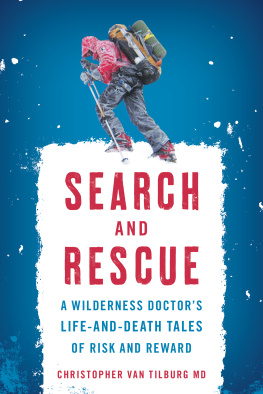

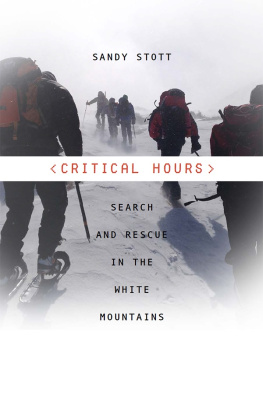
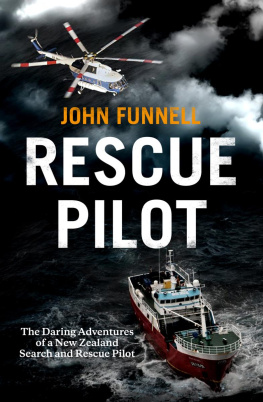
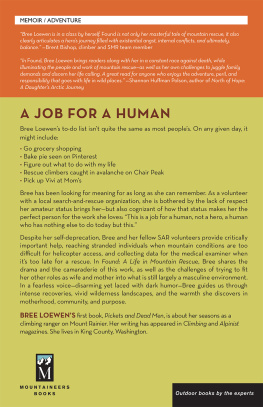
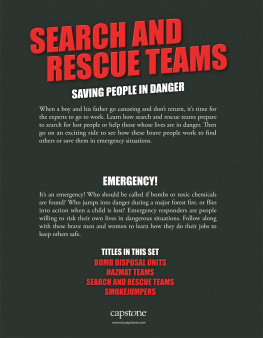

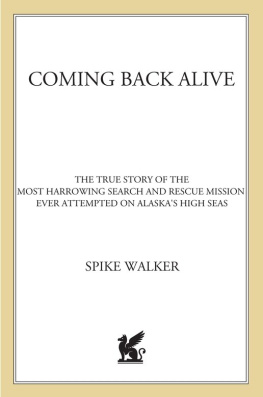
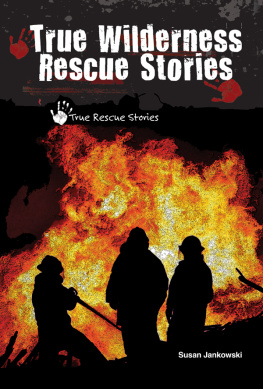


 The paper used in this publication meets the minimum requirements of American National Standard for Information SciencesPermanence of Paper for Printed Library Materials, ANSI/NISO Z39.48-1992.
The paper used in this publication meets the minimum requirements of American National Standard for Information SciencesPermanence of Paper for Printed Library Materials, ANSI/NISO Z39.48-1992.